
Essential Insights
- Even though he met his demise with the first Death Star, Grand Moff Tarkin established a framework that influenced subsequent Moffs.
- Tarkin was part of an exclusive political faction crucial to maintaining the Emperor’s dominance throughout the galaxy.
- Armed with established power bases, many prominent Moffs weathered the New Republic’s emergence, showcasing that Tarkin’s ambition and ruthlessness were not singular traits.
Darth Vader is undoubtedly one of the most recognized villains in film history, but his position was never the apex of Star Wars‘ villain hierarchy. As fans are aware, during his first appearance, he was not even second-in-command of the Empire. The one individual who could command Lord Vader was Grand Moff Tarkin, portrayed masterfully by Peter Cushing as the commander of the original Death Star. Although this title was not explicitly mentioned in the movie and only appeared in the end credits, Cushing’s portrayal set a precedent for all Moffs that followed.
The Empire in Star Wars represents a complex blend of the sinister strategies of the Dark Side of the Force and a rigid military regime. Emperor Palpatine effectively dismantled millennia of the Republic by orchestrating an intricate framework of merciless bureaucracy that functioned in tandem with him and Vader. This allowed him to govern an Empire without becoming overwhelmed by administrative complexities. Tarkin, who ultimately fell victim to a resourceful young rebel exploiting a flaw in his monumental superweapon, epitomizes this unforgiving bureaucratic system.
Understanding Moffs in Star Wars
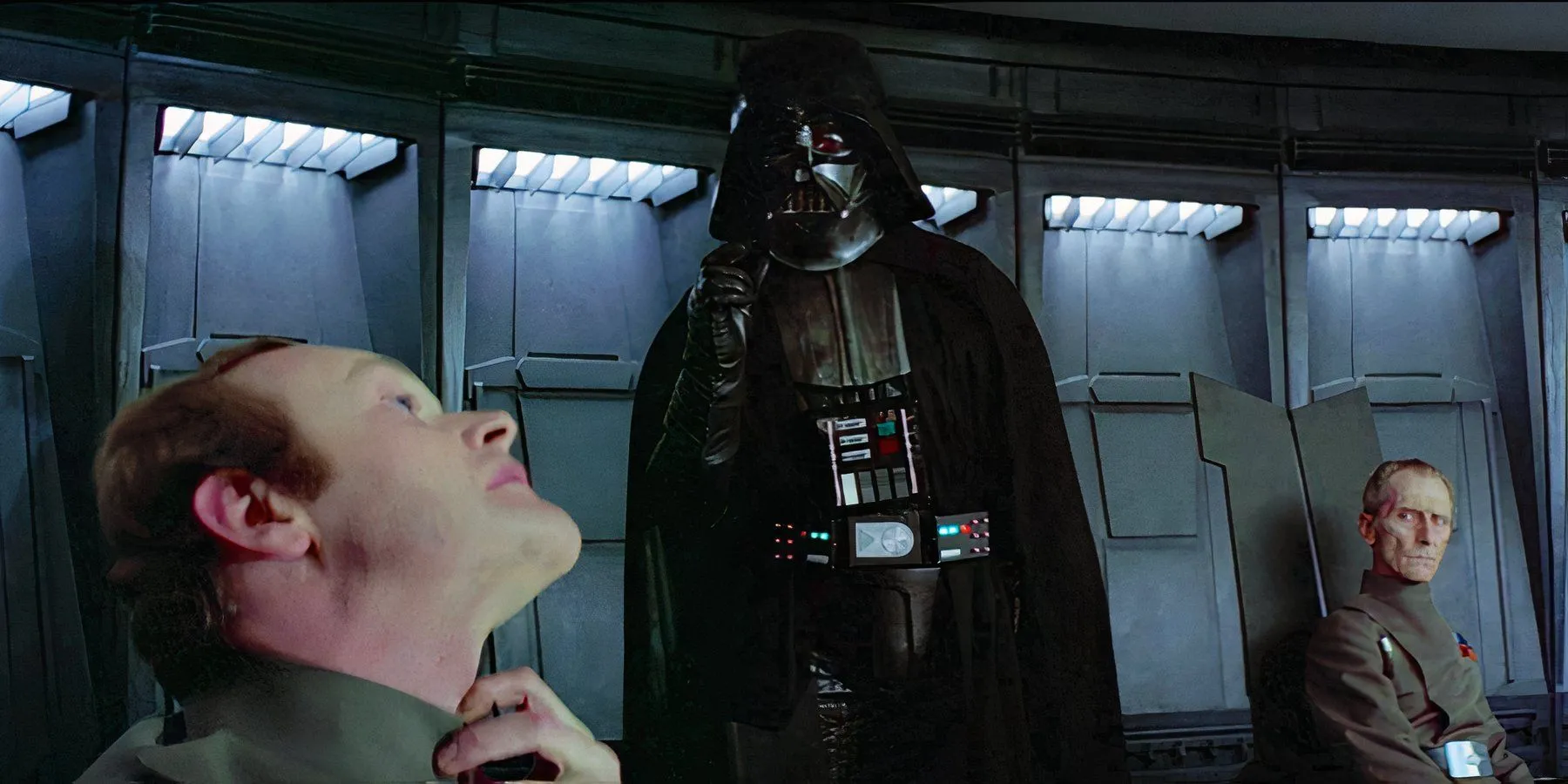



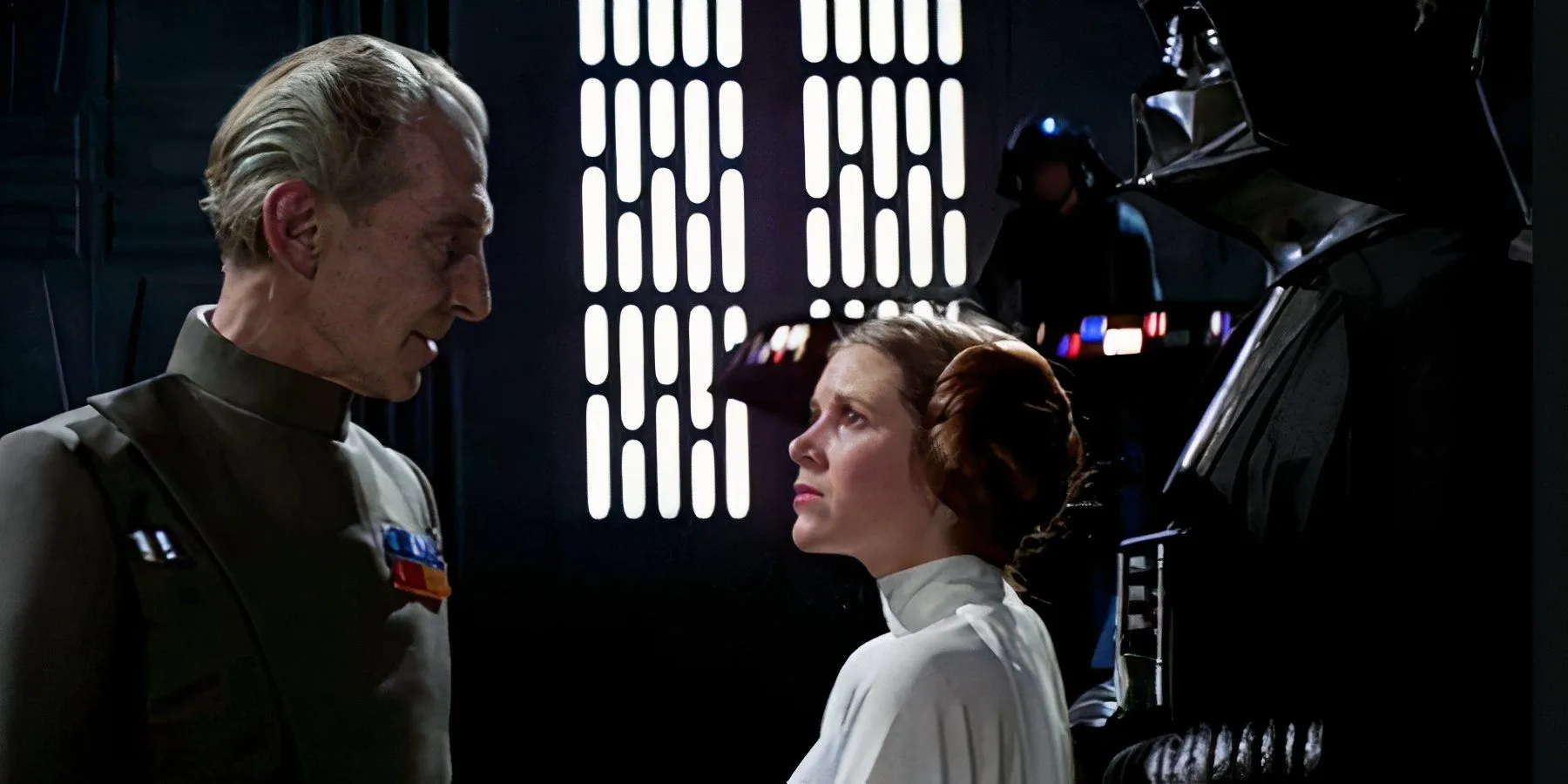
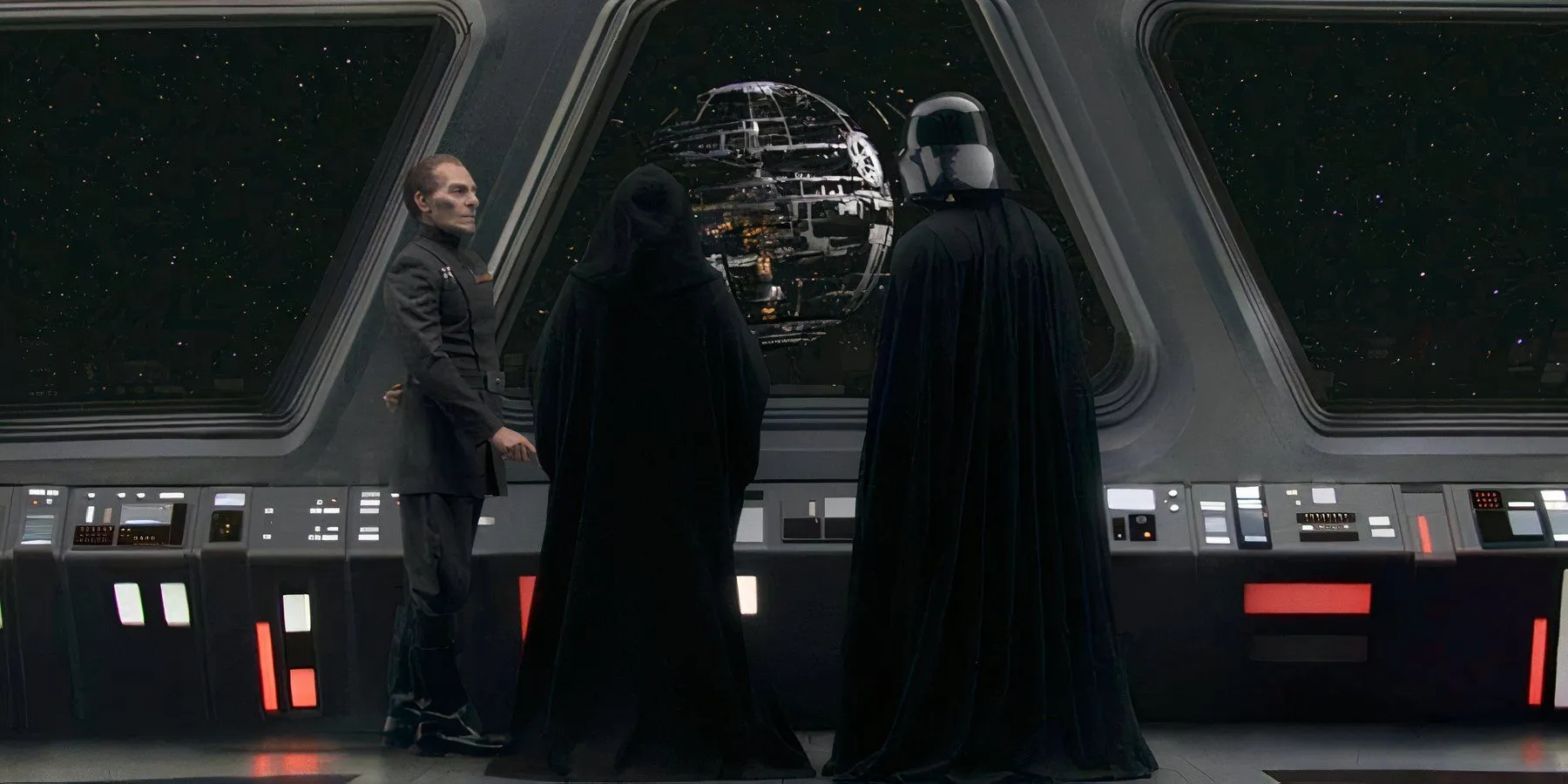
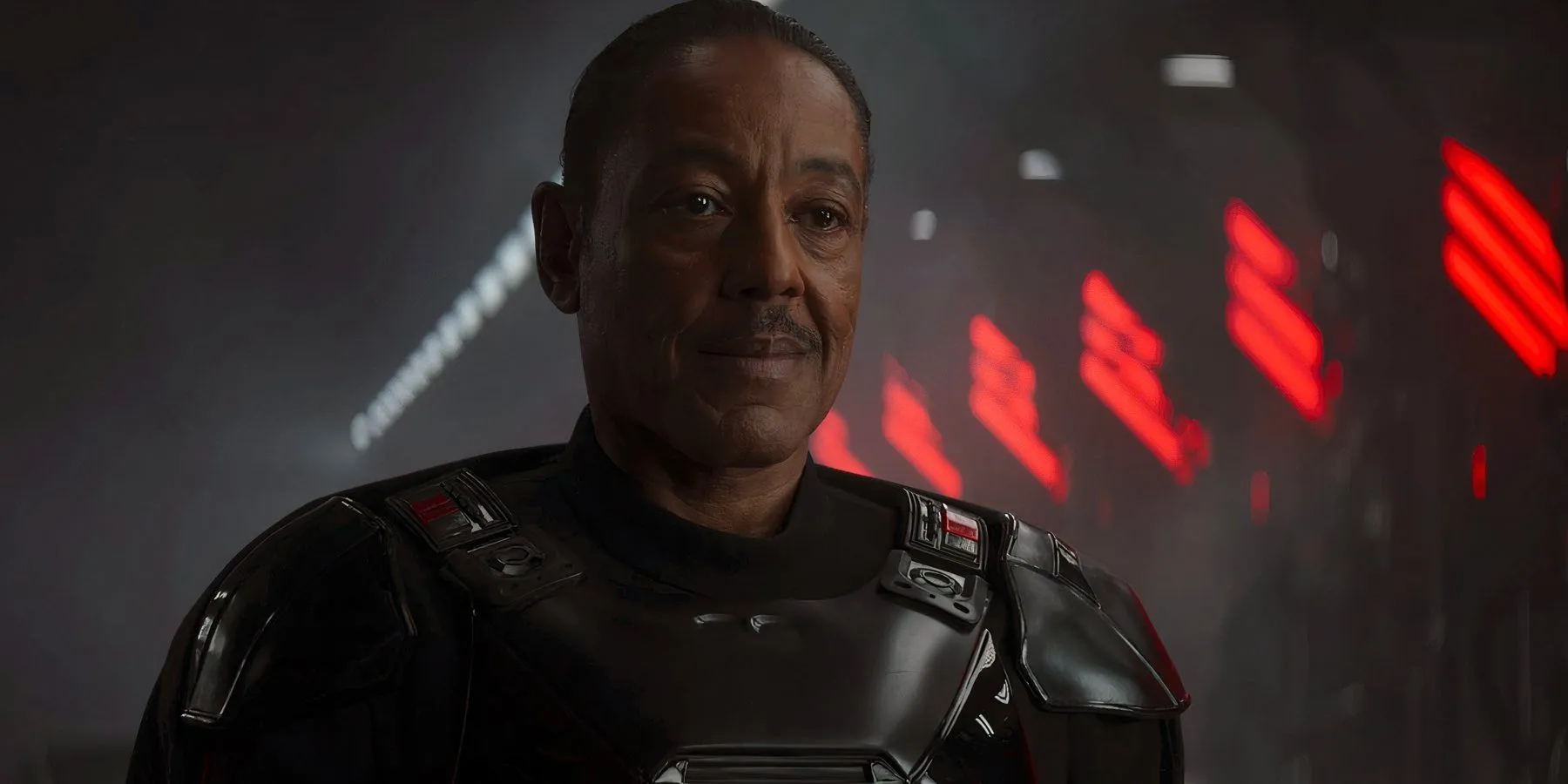

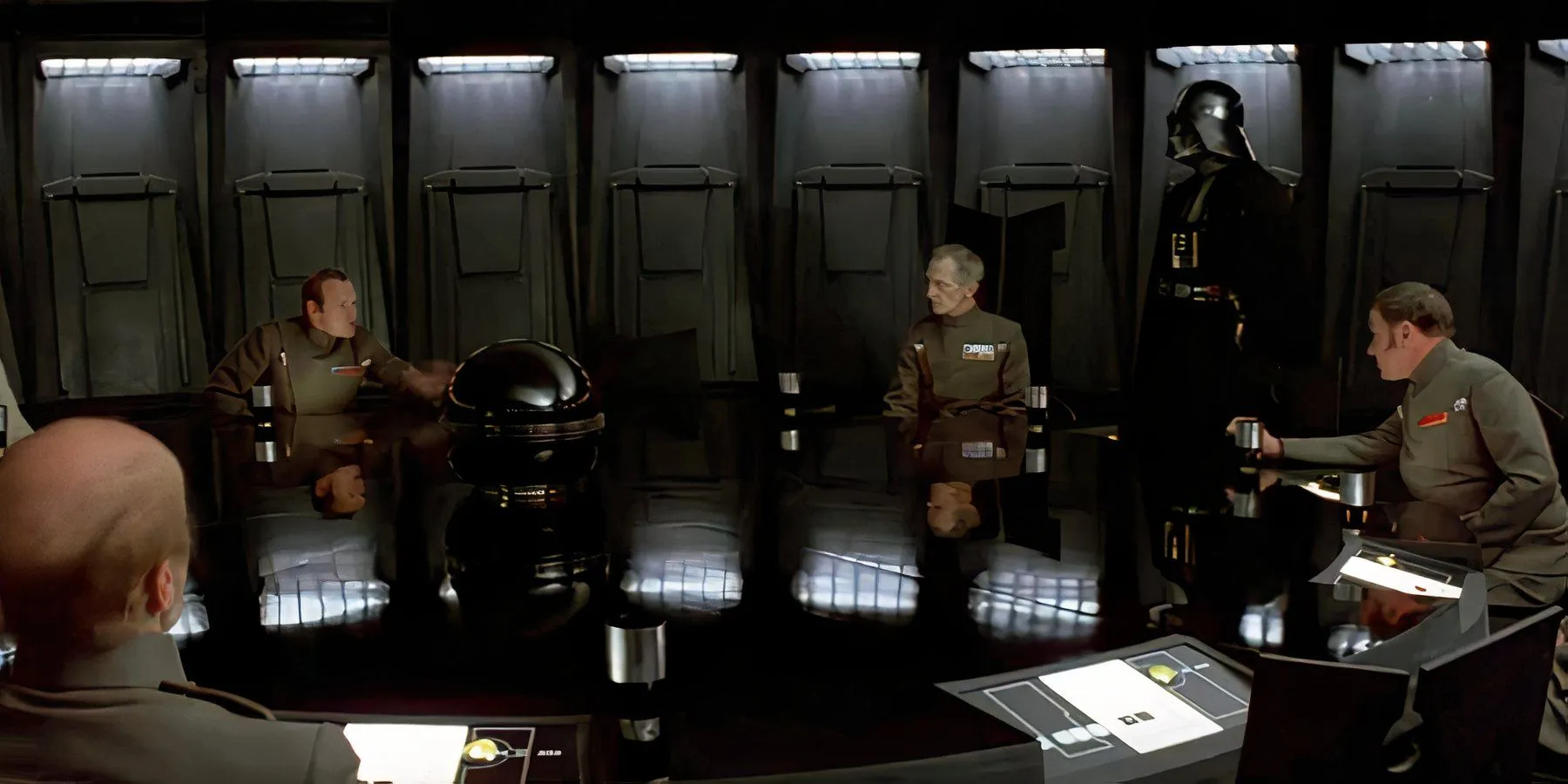
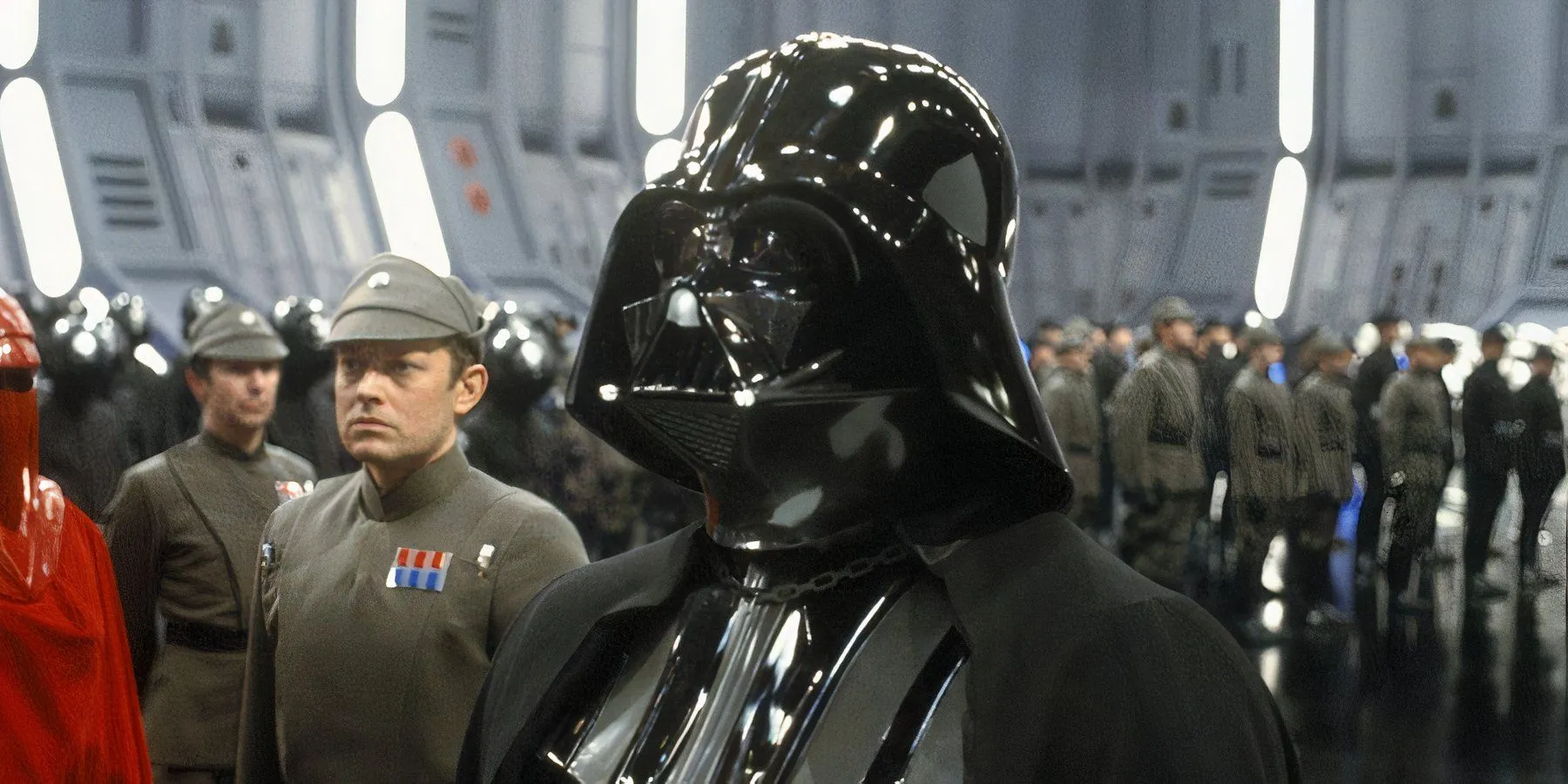
The term Moff is primarily linked to the Empire era, although it predates this period and, in select instances, continued to exist into the New Republic era.
“The Imperial Senate will no longer be of any concern to us. I have just received word that the Emperor has dissolved the council permanently. The last remnants of the Old Republic have been swept away.”
These words are spoken by Grand Moff Wilhuff Tarkin in Star Wars: Episode IV – A New Hope. Moffs played a significant role in the Emperor’s control over the galaxy. As Tarkin mentions, the Emperor maintained a dwindling puppet senate for years post-Republic’s dissolution, right up to the activation of the DS-1 Death Star. Ultimate power resided solely with the Emperor, although he employed a convoluted system of delegation to promote the New Order—his ideology of dominance that served as an effective quasi-religion for the Empire.
Moffs, the governors supervising galactic sectors, were key players in this power framework. After the Senate’s dissolution, Moffs received direct authority over their regions, yet they had long been integral to Emperor Palpatine’s blueprint for governance. This title was established towards the end of the Clone Wars through the Sector Governance Decree.
As the Emperor secured his power, the role of Grand Moff emerged amid the escalating influence of the Rebel Alliance. Grand Moffs, like Tarkin, wielded military authority over multiple sectors, superseding Moffs, Planetary Governors, and other local leaders. Tarkin’s command of the Death Star, following his conflict with Director Krennic, as depicted in Rogue One: A Star Wars Story, exemplifies this.
The Number of Moffs in Star Wars
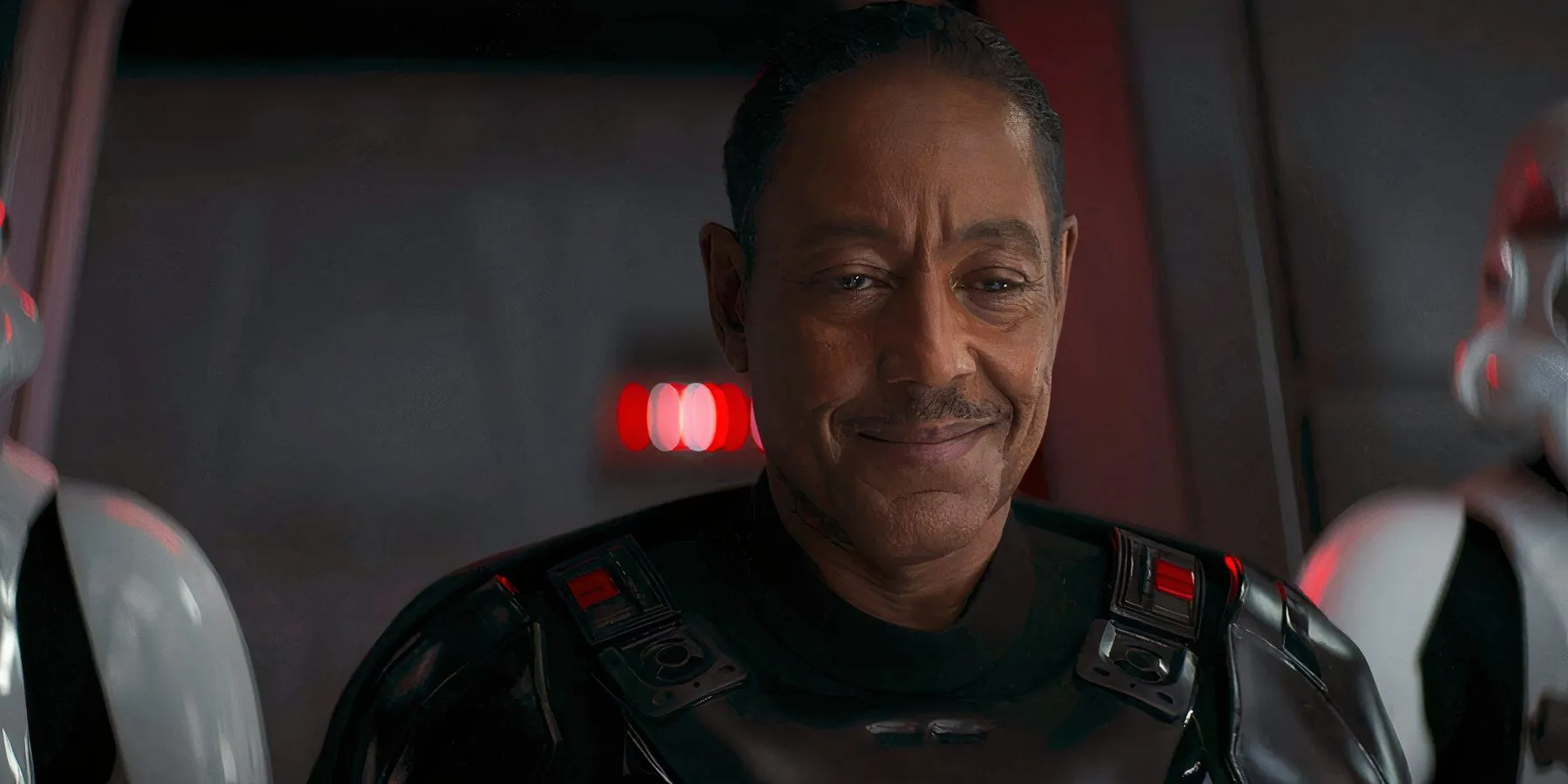
Additional media, including notable comic series and novels like Tarkin, Aftermath: Life Debt, and the 2024 release The Rise and Fall of the Galactic Empire, have enriched our understanding of Moff operations within the Empire. A crucial incident during the Emperor’s reign involved the execution of Dodd Rancit for treason, entangled in a Rebel scheme 14 years prior to the destruction of the DS-1 Death Star. Following this, Palpatine tightened his control further by assembling a circle of loyal governors known as the Council of Moffs.
The Republic had been fractioned into a thousand sectors, but the Emperor’s designation of Moffs often disregarded established boundaries. Some Moffs commanded territories extending beyond conventional borders, while others dominated significant planets. It is estimated that over a thousand Moffs were operational by the Battle of Endor, though this figure plummeted in the years that followed as the New Republic solidified.
Much of the lore surrounding Moffs belongs to the non-canonical Legends continuum, yet certain elements have been integrated into the main franchise. Within this Legends continuum, the Council of Moffs holds greater significance in the era of the New Republic, as it contributed to the formation of the imperial remnant that persisted after the Empire’s collapse, under Admiral Gilad Pellaeon, a close associate of Grand Admiral Thrawn.
Prominent Moffs in Star Wars
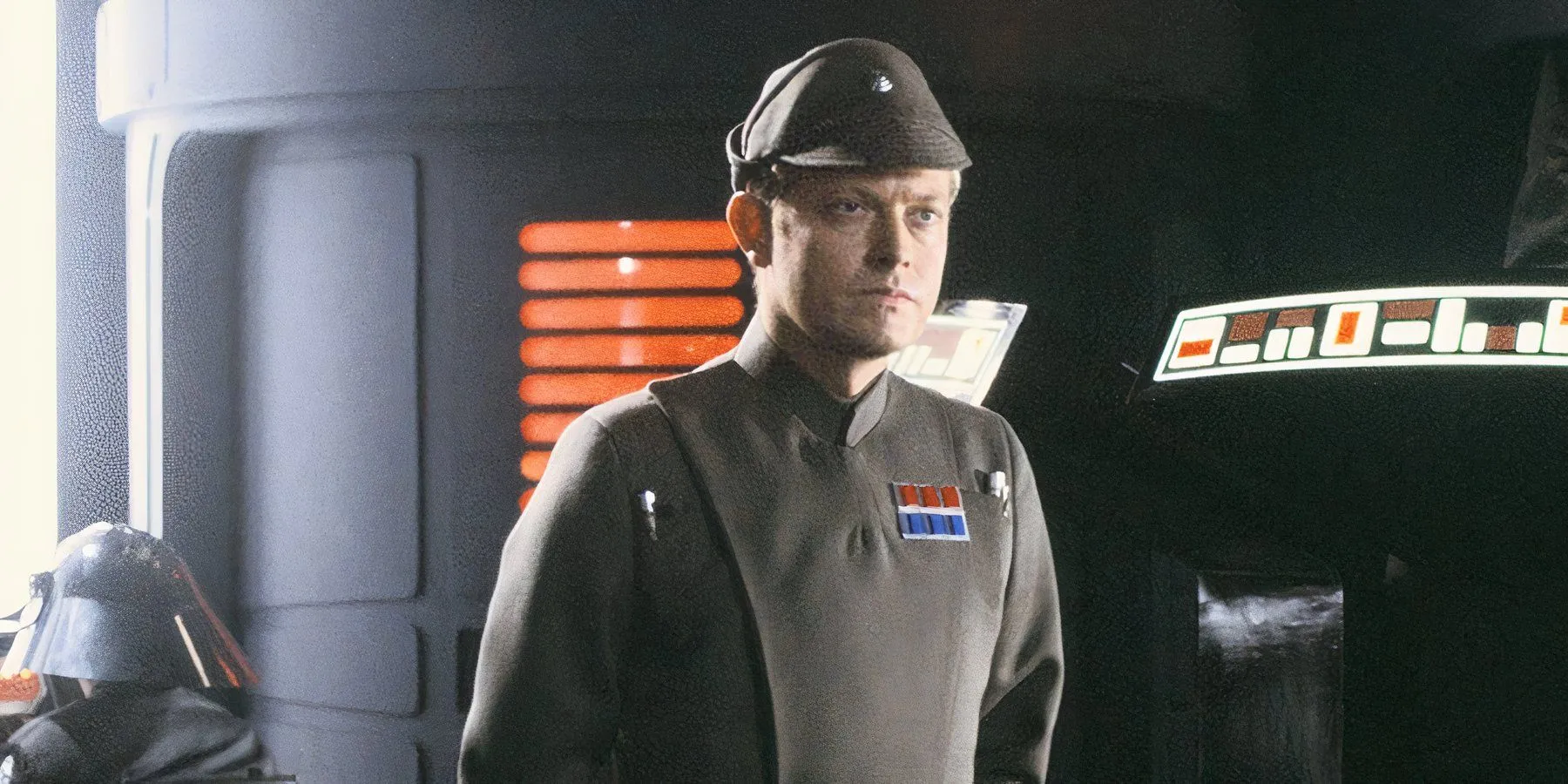
Tarkin stands as the most iconic Moff in the Star Wars universe due to his menacing introduction in A New Hope. Although he perished during the Battle of Yavin along with the first Death Star, Tarkin remains pivotal, overshadowing even the Rebels’ notable success in destroying the Empire’s superweapon. While the possibility existed for the Empire to build another Death Star, Tarkin’s death created a significant power void and eliminated a crucial strategist.
Tarkin exemplified unyielding ruthlessness, demonstrated through his order for the annihilation of Alderaan using the planet-destroying superweapon. His legacy continues to permeate the franchise, reinforced by appearances in The Clone Wars, Rebels, and Rogue One: A Star Wars Story, which keeps him among the most notable villains in Star Wars lore. His impact is further explored in novels, particularly the 2014 book Tarkin, which chronicles his rise through the Empire, driven by his influential Tarkin Doctrine. This doctrine held that the threat of force was a more potent and pragmatic strategy than the use of force itself, a principle that became central to Imperial tactics. His efficiency in military matters earned him the distinction of becoming the Empire’s first Grand Moff.
Moff Tiaan Jerjerrod (Michael Pennington) played a significant role in the construction of both Death Stars. He took over leadership from Tarkin, although he was tactically less capable and subordinate to Vader. Jerjerrod was responsible for the second Death Star and encountered Lord Vader upon his arrival before the Emperor. When the Rebel Alliance initiated their assault in Return of the Jedi, he launched the devastating laser against the unsuspecting fleet.
Moff Gideon (Giancarlo Esposito) emerged as a central antagonist in The Mandalorian. Operating separately from the remnants of the Empire following the Emperor’s demise, Gideon had transformed into a warlord. His scheming enabled him to leverage Imperial assets and, for a brief period, he wielded the legendary Darksaber.
With his loyal faction, Gideon sought to capture the blood of the Force-sensitive child Grogu to create clones possessing Force abilities. His ambitions and past participation in the Great Purge of Mandalore placed him in direct opposition to the Mandalorian Din Djarin.




Leave a Reply